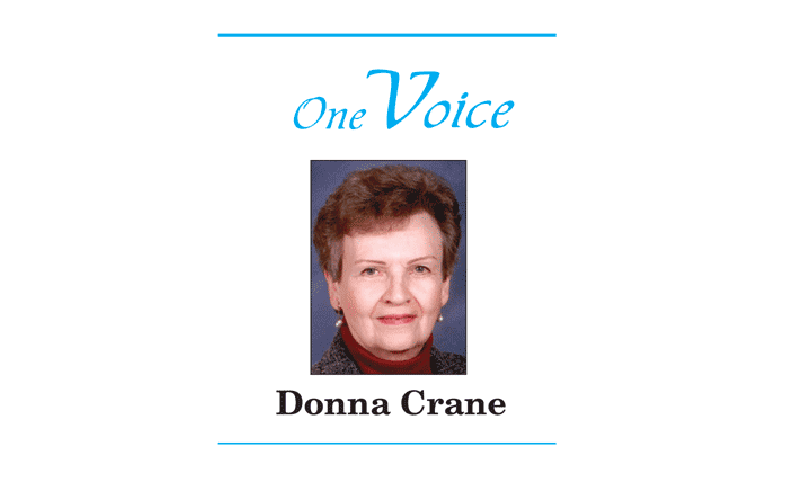
Second of three parts
First part available at at thevoice.us/history-in-american-schools-needs-help-on-native-americans
Part two examines historical clarity from an article in the magazine, ‘Teaching Tolerance’ by Dave Constantin. Part one last week identified the lack of current common historical understanding.
Although there are 567 federally-recognized tribes in the United States, Native American Indians and Alaskan Natives make up just one percent of the U.S. population, and most are concentrated in Alaska and the West, along with a few areas in the Great Lakes and the far Northeast. Not surprisingly, these are the only areas where the needle is being moved on the issue of setting the record straight historically.
“Montana, Utah, South Dakota, Washington, Wisconsin, Maine, and Minnesota all have legislative language or laws calling for comprehensive teaching of Native history and culture. But the implementation varies, drastically, from state to state depending on how much funding, staff support, and political will exists to make the leap from policy binder to classroom curriculum.
“Montana stands as the notable exception. Its aptly-named Indian Education for All (IEFA) Act mandates a ‘culturally responsive’ curriculum approach that requires school districts to collaborate with tribal leaders and provide every student a comprehensive education on Native history, culture and tribal sovereignty. But public school students are not the only target audience. A key component of Montana’s success (in addition to robust funding and a dedicated team of support specialists who ensure IEFA compliance) is its emphasis on pre-service professional development. But while providing teachers with the education and confidence to teach this content can help break the cycle of ignorance, advocates have found that getting started isn’t always easy.
“People are not that eager to learn it at first, I must be honest,” said Joanna Carjuzaa, who facilitates IEFA professional development for the Montana State University system. “Teachers are products of the same K-12 system. What happens on that journey is very limited. I think it is really difficult because you’re asking people for a major paradigm shift. Even in a state where we have tons of materials and professional development, we’re asking teachers to teach about something they don’t have a good understanding about or knowledge base [for].”
“Native American or American Indian?
“People indigenous to the land that is now the United States use both terms, but not everyone is comfortable with both. ‘Teaching Tolerance’ recognizes the limitations of these identifiers. We use tribal names whenever possible, but—when writing more generally—have opted to use the noun American Indian and the modifier Native based on the recommendations of our advisors who identify as members of this diverse group.
“Anna Baldwin, a 16-year veteran English and multicultural literature teacher on Montana’s Flathead Indian Reservation, knows this struggle well. “‘One of the things teachers are worried about is, when they are not Indians, how do they do it? Even down to what words you should use,’ she said. As a white woman teaching at Arlee High School, which is 70% Indian, Baldwin has had ample opportunity to test what works and what doesn’t. ‘I think it’s really important for students to learn about place, the place where we live,’ she said. ‘But I think just as important is that it’s contemporary, so we’re not just looking through historical lenses, which is how Indians are often presented in textbooks and other materials. Indians are always [pictured] in black and white.’”
Continued at thevoice.us/teaching-native-american-history-varies-drastically

